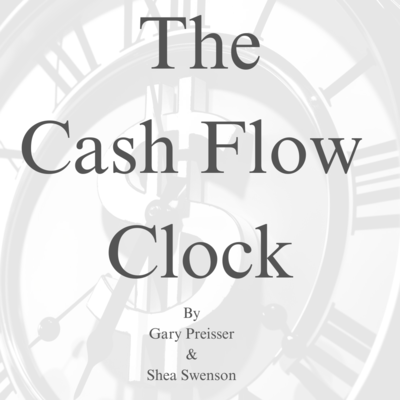The Cash Flow Clock: For Retirees - Book - Page 21

The Cash Flow Clock
It is not for lack of information. There are several metrics used to measure
risk. But the amount of risk taken in portfolios is typically not properly
communicated to investors.
Most investors are categorized into three (only three!) levels of risk –
Conservative, Moderate, Aggressive. We can get slightly more granular by
adding Moderately Conservative and Moderately Aggressive. Even that
gives us five basic classifications which are being used to categorize over
150 million investors in the US.
Classifying investors into such large categories would not matter very much
if they were simply used as labels. But these categories, as well as the
investors’ ages, are used to determine the portfolios that are considered
appropriate for each investor. These investment decisions have a significant
impact on our financial future.
We have already shown that age may have some impact on how much risk
we can take in our portfolio, but only to the extent that we may be more
likely to need to use our assets for income when we are in retirement. Age
alone does not determine how much risk we can or should take.
Risk tolerance categories are determined by a risk questionnaire. Most
questionnaires focus on very general questions about investment goals, time
horizons, tolerance, experience, and expectations. Some questions are better
than others. But one of the common issues for questionnaires is that they
reference the entire portfolio, not specific portions. They do not require or
provide enough detail about the timing of income needs. They do not allow
different segments of the portfolio to have different purposes and,
accordingly, different risk tolerances.
The Cash Flow Clock allows for both, offering a much more specific and
detailed calculation of what is an appropriate amount of risk for each
individual investor.
17